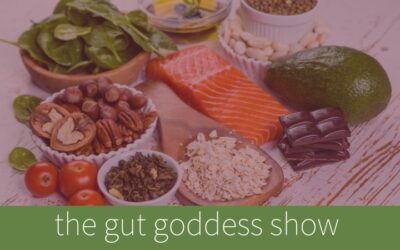
How to Flood Your Gut with Powerful Probiotics
1. Make Kefir.
This mysterious-sounding word can be pronounced a million ways but is actually a great way to make your own live probiotics. It is a world within itself as the general idea is you place these grains or strains of bacteria in milk or sugared water and the bacteria feeds off all the sugar and you are left with probiotic goodness. You can buy grains that need to always be kept in fluid (milk or water depending on the type you buy) or you can get strains sent to you which means you just have to remember to not use it all up but keep some aside for your next batch.
I first tried the grains but was a bit too much effort and I manage to ‘kill’ them quite often as I would travel a lot, so now I use this, a yogurt starter that requires no heating or faffing. All I do is, at the ratio of 5 organic milk: 1 yogurt kefir strain, mix it in a jar and leave for 24 hours minimum (to remove all the lactose). Then I am left with curds and whey which I separate and now have a fridge filled with tons of whey. I use them in smoothies, puddings, breakfast with fruit on top of curries, basically anything.
What more information or tutorials? Click Here.
2. Good Quality Supplements.
If you can afford it buy a good probiotic supplement, go for 8 billion bacteria strains and above. If you suffer from yeast infections, bloated stomach or constipation I very much recommend a period of time (1-3 months) where you take 1-4 a day, building up your dose gradually.
These are great short-term solutions to really flood your gut with good bacteria.
3. Fermented Vegetables.
This, as with all these tips are a how post in itself, but basically, lacto-fermentation is an age-old principle or fermenting vegetables into a condiment. Sauerkraut is an example of lacto-fermentation, but please don’t be put off by that, when I made my own for the first time I was prepared for a not-so-delicious taste bud experience – but I was pleasantly surprised and proceeded to eat it with my eggs every morning.
The great thing about lacto-fermented condiments (they are really like chutneys but without the vinegar and sugar) is that they are a really gentle and effective form of probiotics. The thing about probiotics is introducing them slowly otherwise if can be too much of a good thing too quickly, and is not remotely dangerous but cause a very sudden flushing out of bad bacteria as the new good stuff invades, which can leave you feeling a bit rough.
I will share my own favourite recipes soon, but if you are impatient I recommend this book most of my recipes are inspired by it, or this is a wealth of information too.
4. Pro-biotic Smoothies
I love smoothies as they help use up any waste/left over fruit or veg, are quick, you can take them on the go and enable you to consume high amounts of veg and fruit.
I always use my homemade whey ( from making, then straining Kefir) as the liquid element in my smoothies which instantly makes these a probiotic, homemade drink or you can also use probiotic yogurt too.
>>> Join the Green Smoothie Challenge today!
5. Reduce sugar.
Bad bacteria in your gut is partly kept alive/is fed by sugar. Refined and processed sugars especially, but carbs are all broken down into sugars one digestion begins, so if you suffer of yeast infections, or constipation bloating cut out/down the carbs and sugars is a must. You can flood your body with tons of good bacteria but if you are simultaneously consistently feeding and growing the bad bacteria then your best efforts could be wasted. So why not go sugar-free for a week or two?
6. Eat some with every meal.
Whether you can a small pre-dinner smoothie, take a supplement or eat a good dollop of cultured vegetable condiment (you can even make a fermented ketchup keep your eyes peeled in weeks to come) with every meal. Hundreds of years ago, due to the lack of fridges and freezers fermented and therefore probiotic food was a daily part of humans’ diet, as they would be left in the sun, the grains would have sprouted and yes the water purified with yeast fermentation – ie beer or kefir (beer, however, is not a probiotic).
So there you have it, a short guide to stuffing your face with more probiotic goodness. Increase your level of probiotics over a few weeks and see how you feel.
Any other tips on getting enough probiotics? I would love to hear from you…





0 Comments
Trackbacks/Pingbacks